Everyone deserves to be able to garden, but what happens when you become a senior and you need gardening to be more accessible? Sure, there are tons of tips on the internet for expanding your garden and getting started, but what about when you’re slowing down and looking to downsize?
Over the years you’ve grown many abundant gardens, but you might find that gardening as you grow older isn’t as easy as it once was. Maybe it’s all the bending, or you’ve recently moved off the acreage and into a condo, or you’d rather be travelling and spending time with your grandkids. Yet every spring you find yourself feeling that old urge to buy all the plants and grow all the things, even though you don’t have the time or space for them.
How can you make gardening easier so you can still enjoy some of the benefits but not have to do as much work?
Even though I am not a senior myself, I have many seniors in my life, and I know there are many who read this blog who would appreciate this information. While I have tried to put myself in your shoes and think of what you would need, the reality is that I’m not there yet. So if you have any suggestions, or think that some of my suggestions are not practical, please let me know in the comments and I’ll update this post from time to time!
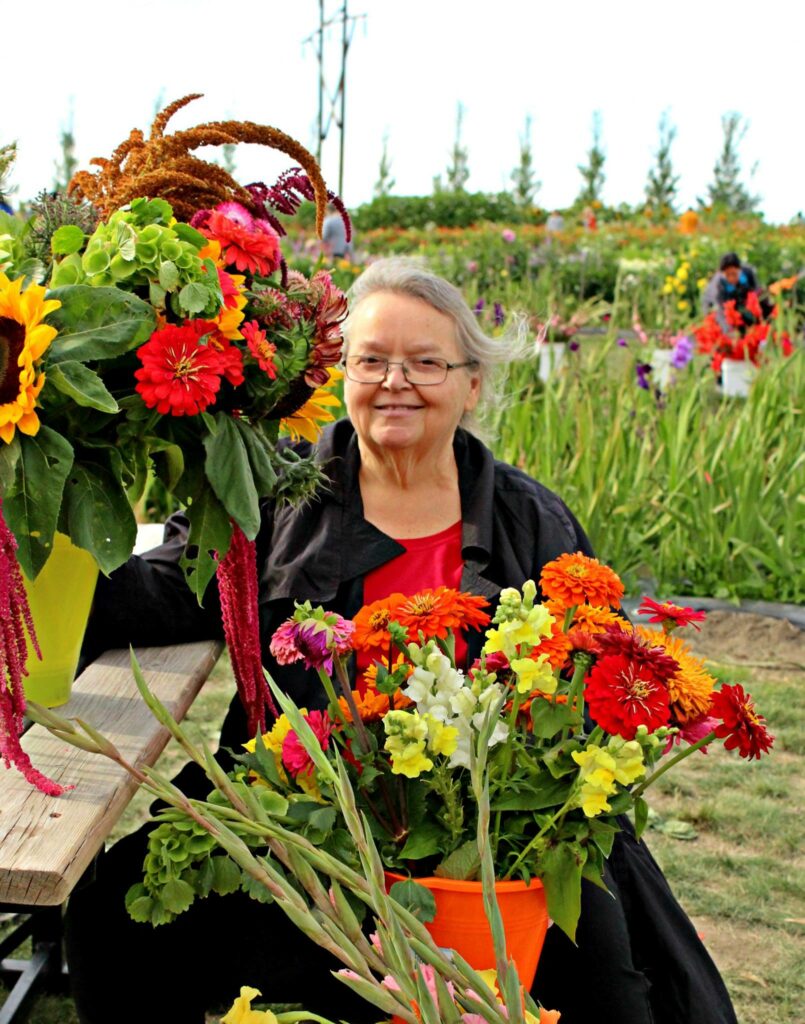
This post contains affiliate links, which means that I earn a small commission if you purchase something at no extra cost to you. You can read more about it in my privacy policy. Thanks for supporting Shifting Roots!
How to Make Gardening Easier As You Age
Gardening can be made easier with three simple strategies: reducing the size of your garden, making your garden more accessible, and changing your mindset around what gardening looks like for you (arguably the hardest one!). The following ten tips for the aging gardener build upon these three strategies. As always, follow the ones that work for you and your situation and leave the rest behind!
1. Reduce the Amount of Space You Garden In
One common element of adaptive gardening for seniors is re-imagining what to do with a smaller space. If you’re coming off many years of having a big garden, it can be very challenging to switch to a smaller plot or container gardening. Adaptive gardening might sound enticing, but where should you start? Here are some easy ways to reduce the space you garden in, while continuing to grow an abundant amount of plants:
- using the principles of square foot gardening (whether in raised beds or in-ground)
- gardening vertically with a grow tower, wall planter, or other vertical garden planter
- upping your container gardening game
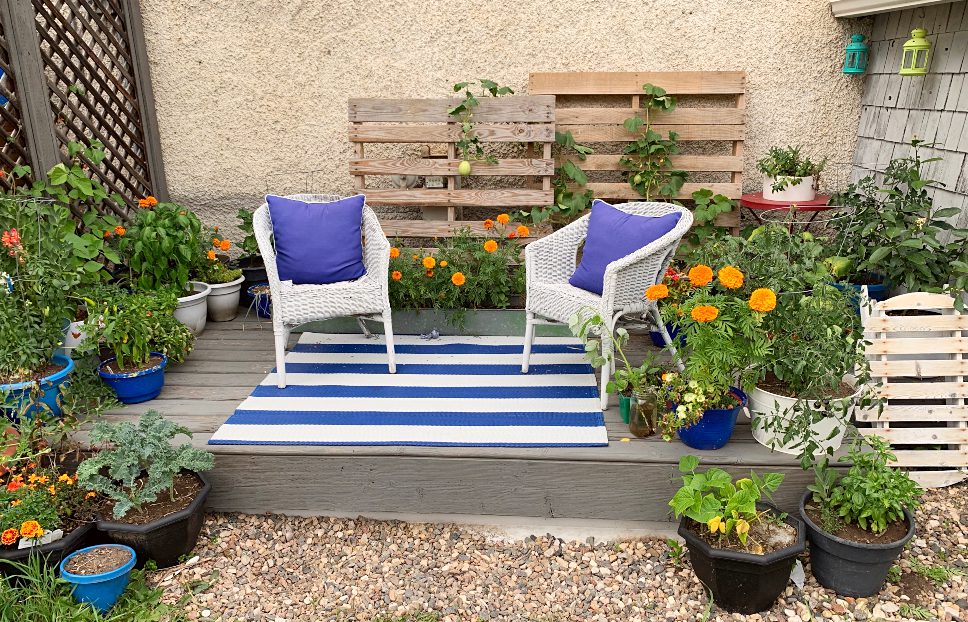
2. Make Garden Paths Wider & More Accessible
This is not the time to be walking through some goat trail to get to your plants! Make your paths as wide as the wheelchair, scooter, or cart that you may need to use now or in the future to access your plants. Keep paths clear of any obstacles that could become tripping hazards.
If you’re using a garden seat kneeler, you’ll need to make the rows at least as wide as the kneeler so you can easily get through!
3. Prioritize Native Plants in Perennial Gardens
You can cut your workload in the garden substantially if you choose native plants that don’t require so much watering, like the crocuses pictured below (which are native to Zone 3)! You will still have to weed occasionally, but once the plants establish even that should be minimal.
Remember when growing native plants to purchase domesticated varieties and not to remove or disturb plants in their natural habitats!
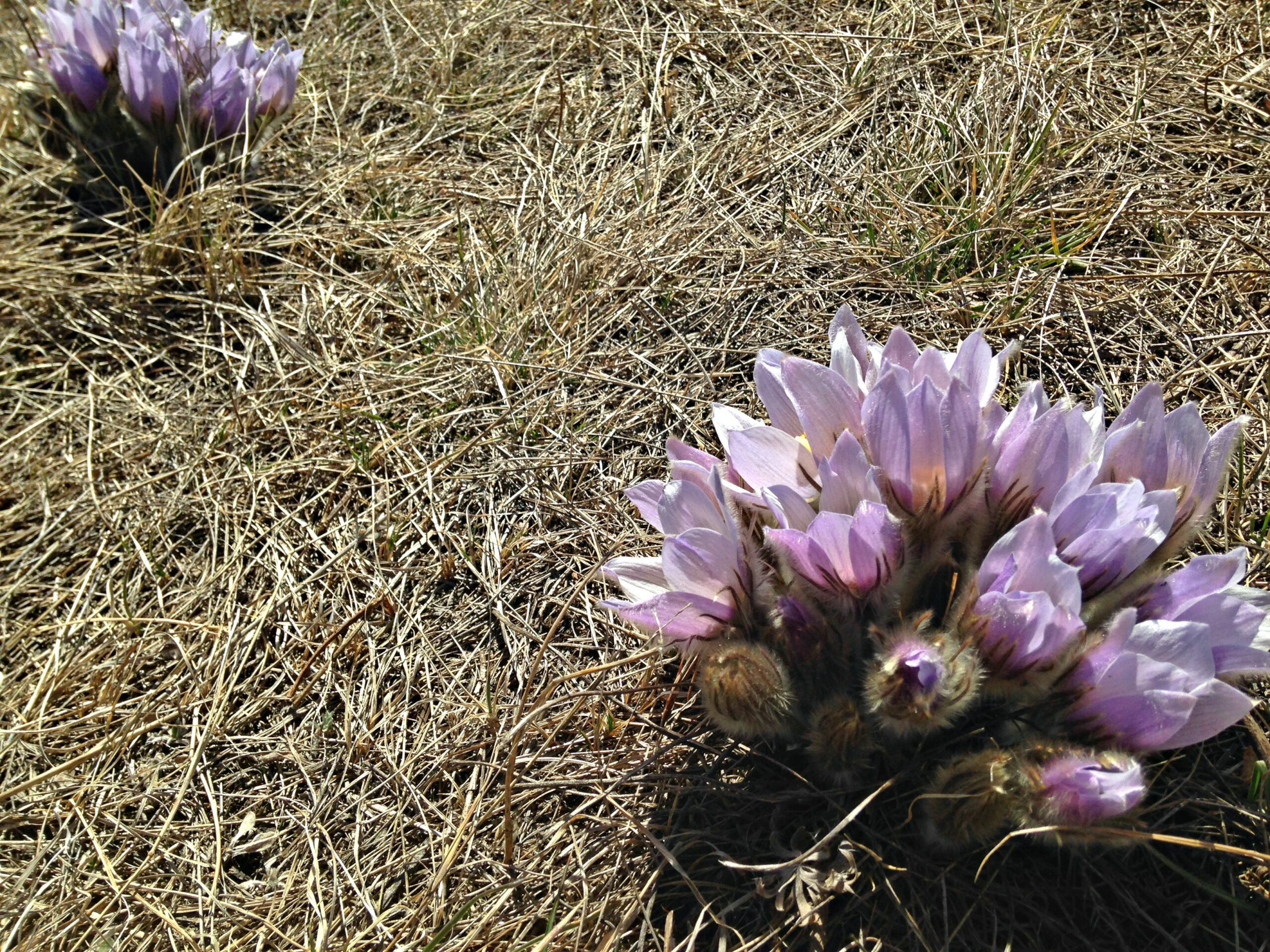
CLICK HERE For more low-maintenance plants native to the prairies!
4. Bring the Garden Up, Not Out
If you’re making raised beds, make them higher and fill the bottoms with wood and branches so you don’t need to use as much soil. You can purchase self-watering raised beds that come on stands, making it much easier to garden. Or, if bending is unavoidable, you can use this handy little garden bench that can be used one way to kneel and then flipped over to sit.
5. Use Lighter Weight Containers
If you’re gardening on a balcony or other space where you may need to move your containers to a storage space at the end of the season, fabric containers are your friend! They’re light enough to move in and out if you need to, and at the end of the season you can empty the soil into a large plastic tote, and fold up the containers.
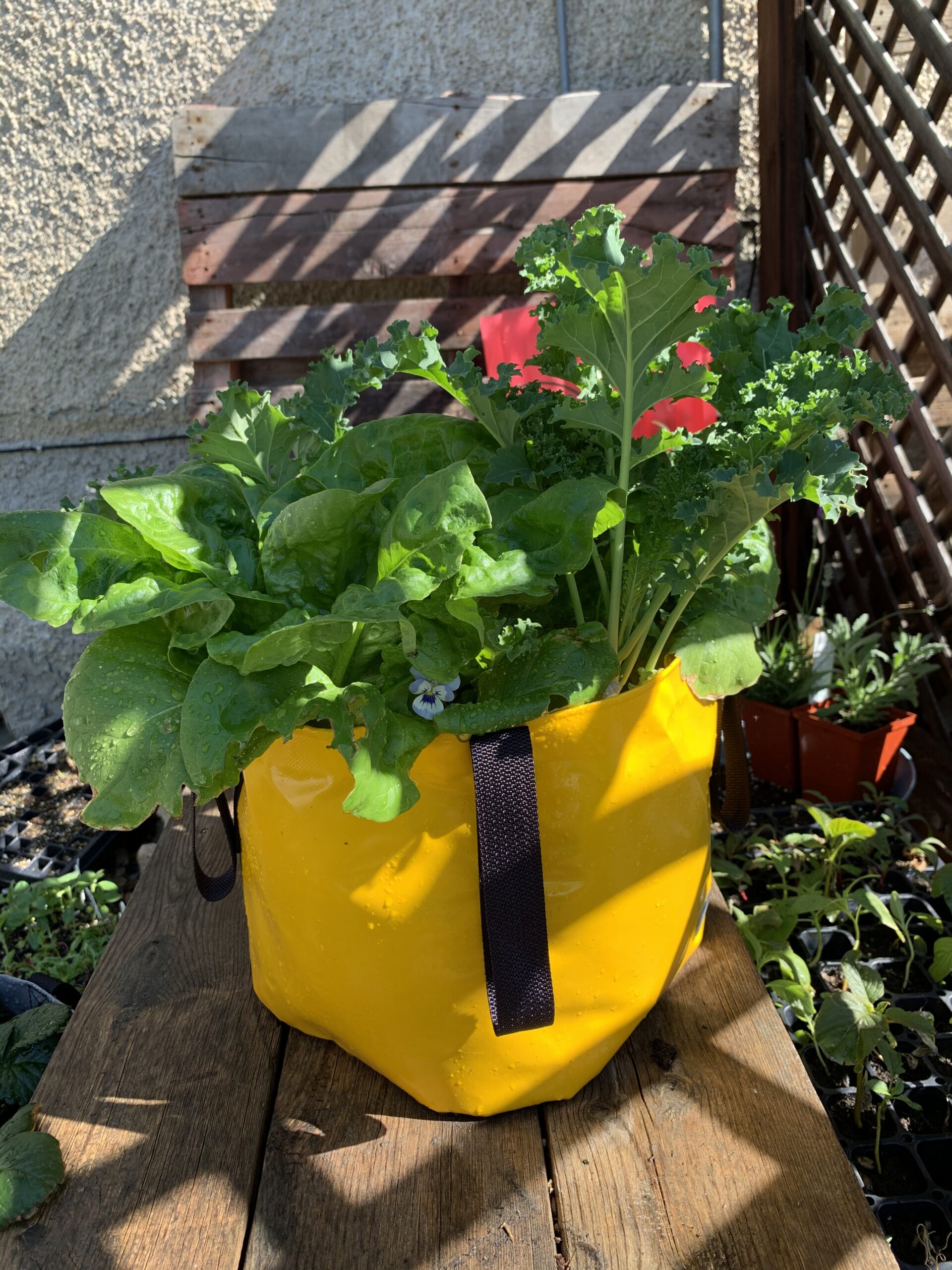
6. Make Use of Irrigation or Retractable Hoses
If you have a garden that’s on the larger size, you can avoid lugging around heavy watering cans by installing an irrigation system. While it’s a bit more complicated to set up soaker hoses and the like, it will be worth it in the heat of summer when all you have to do is turn on a tap to water your plants. Just make sure to blow out the system at the end of the season!
If irrigation is not an option, a lightweight, retractable hose reel is just as good. While you’ll still have to spend time watering, you won’t have to lug a heavy hose all around the yard. Even though I’m not a senior yet, a retractable hose reel is high up on my list of wants for the yard!
Get 4 Free Square Foot Gardening Templates

Start your square foot garden the easy way!
You'll get 4 4x4 plans for
- Salad Garden
- Beginner's Garden
- Salsa Garden
- Kid's Garden
Plus a mini email course that gives you short, actionable tips for keeping your garden alive.
7. USE Mulch for Reduced Weeding
Mulch is your friend. It cuts down on weeds and saves on water! If you want to learn more about the types of mulch, the many benefits of using it, and the best methods for doing so, check out this blog post: The Cheapest and Best Way to Get Rid of Weeds Without Chemicals.
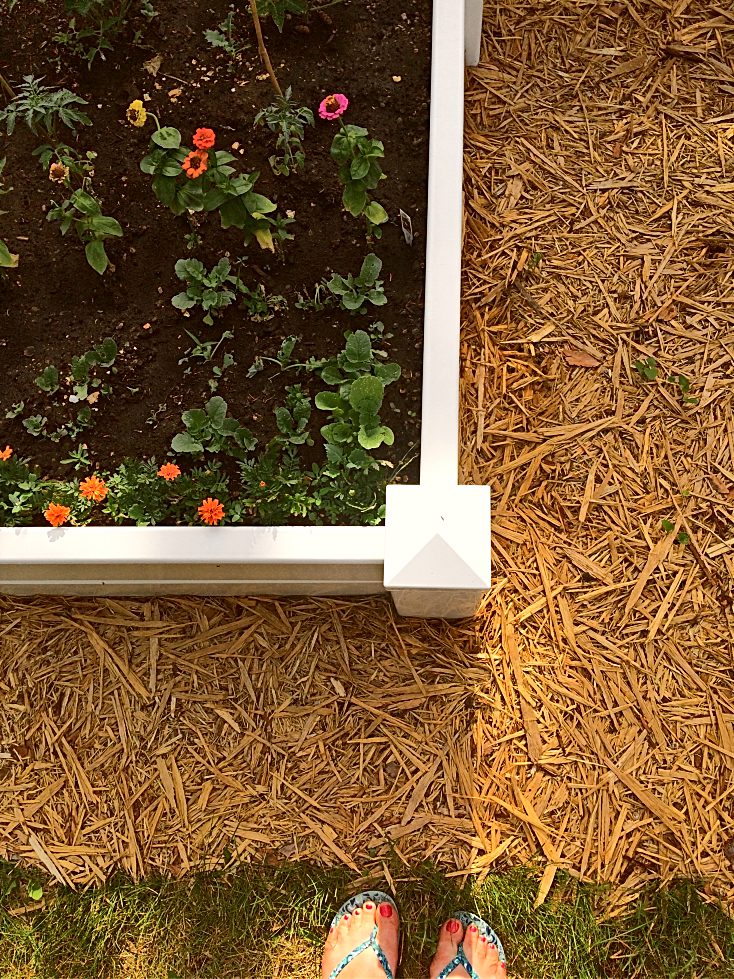
8. Avoid Hanging Planters
Hanging planters dry out quickly and require more watering. Not to mention, they require more lifting. If lifting or regular watering feel like they might add unnecessary stress to your gardening routine, I’d definitely recommend avoiding hanging planters altogether!
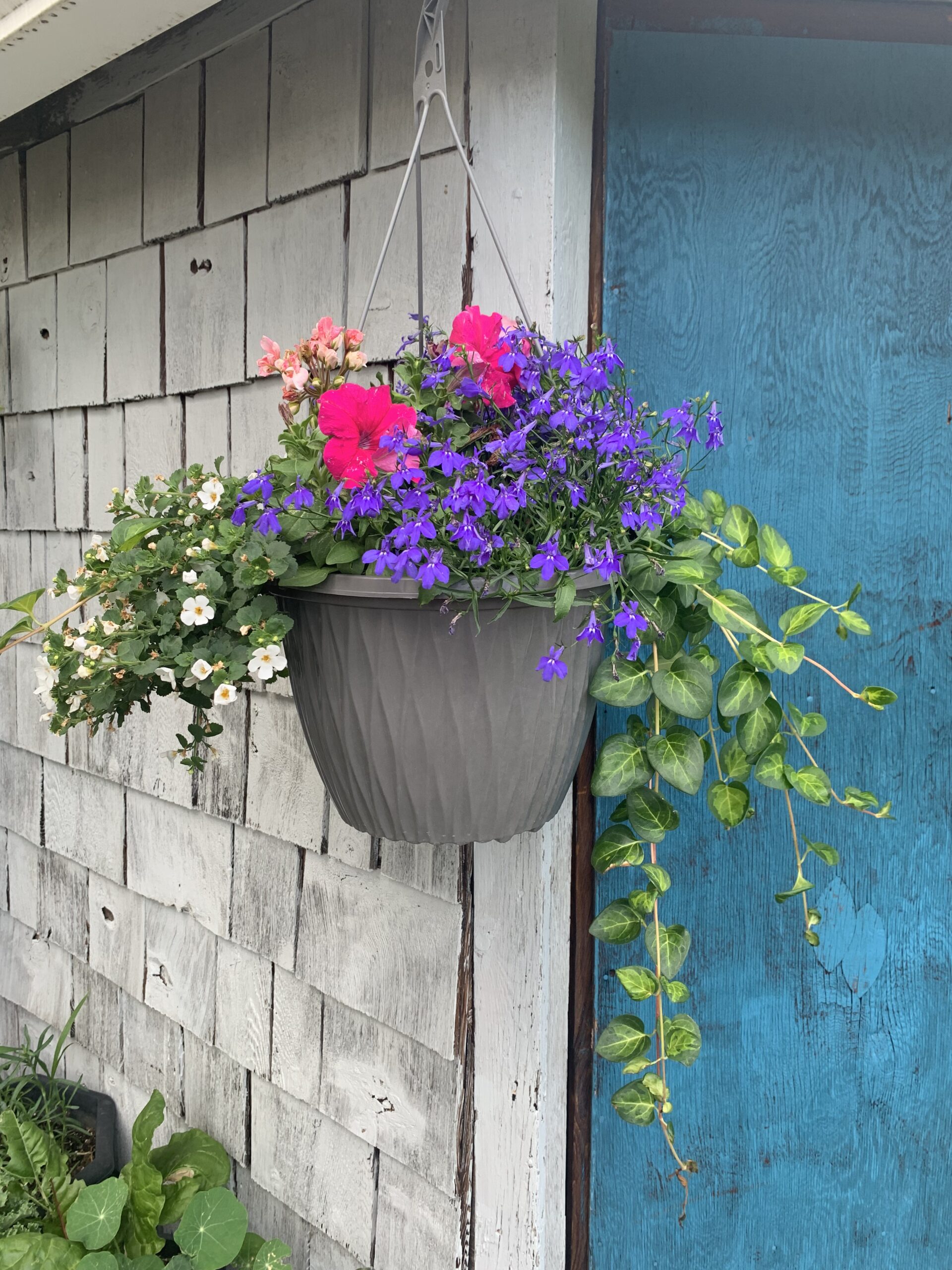
9. Hire Help
I know not everyone has the finances to hire out help, but even if you have an extra $50 a month to hire out some of the heavy lifting or other gardening chores you could use a hand with, it can make a big difference! You might even be able to convince a friend or family member to help out in exchange for a meal, childcare, some gently-loved hand-me-downs, or some other goods or services within your means.
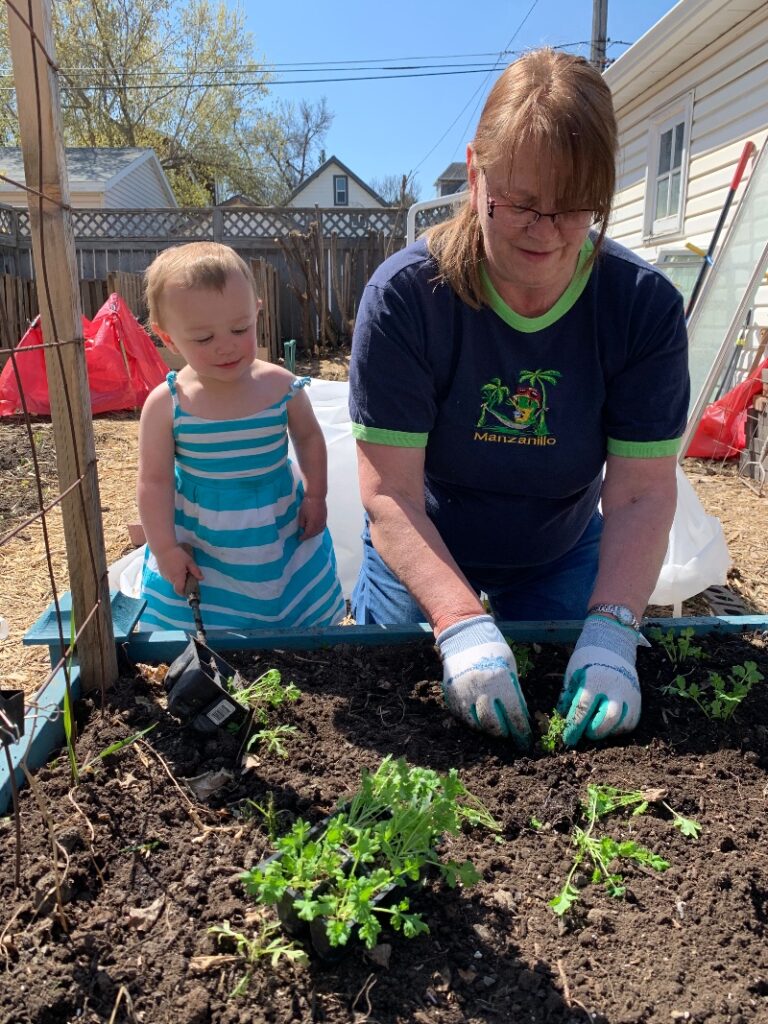
10. Find Joy in a Smaller Amount of Blooms
I know this might be more difficult to stomach for those of us who like a lot of plants, but hear me out! This tip comes from a senior I met at a trade show, and here’s what she impressed upon me…
She told me that her biggest struggle as an aging gardener was getting over the mindset that more=better. She was challenging herself to really savour that single pot of flowers or that single bloom in the garden. It wasn’t easy, but concentrating on what she had, instead of what she didn’t, made life a lot easier.
When I have difficulty appreciating a smaller amount of blooms or get frustrated when I have fewer successful plants than anticipated, my children always seem to open my eyes to the beauty of the little things. Even the beauty of a single Anemone. Abundance in the garden comes in many forms!
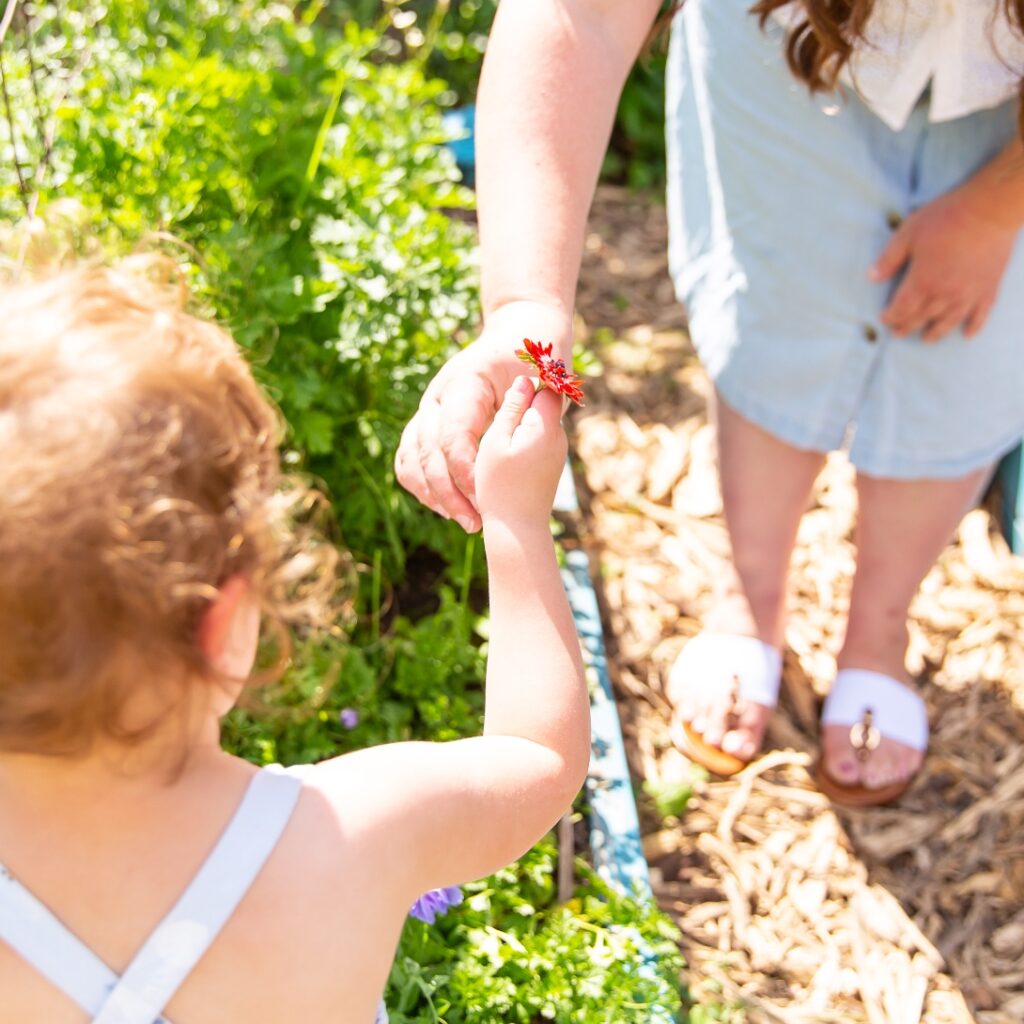
ONE FINAL TIP: Don’t forget to take care of your body while gardening! Wear a hat and sunscreen, drink water frequently, and work in the morning or evening if possible to avoid the intense heat of the afternoon.
I hope these ten accessible gardening tips help you as you navigate growing in smaller spaces, with less time, or with added physical limitations. As I mentioned previously, please send me your own tips for the aging gardener, so I can add them to this list! Lastly, you can find me on Facebook, Instagram, and YouTube for all things cold-climate gardening and cut flowers and for more small space gardening tips!
Wish you could grow fresh vegetables in a small space? Now you can, with Small Garden, Big Harvest. It’s the fastest way to learn all the intensive gardening techniques that can help you maximize every inch of your available gardening space. With lots of easy-to-do, real-life examples, and 2 done-for-you plans, you’ll be able to start vegetable gardening, even if all you have is an apartment balcony.
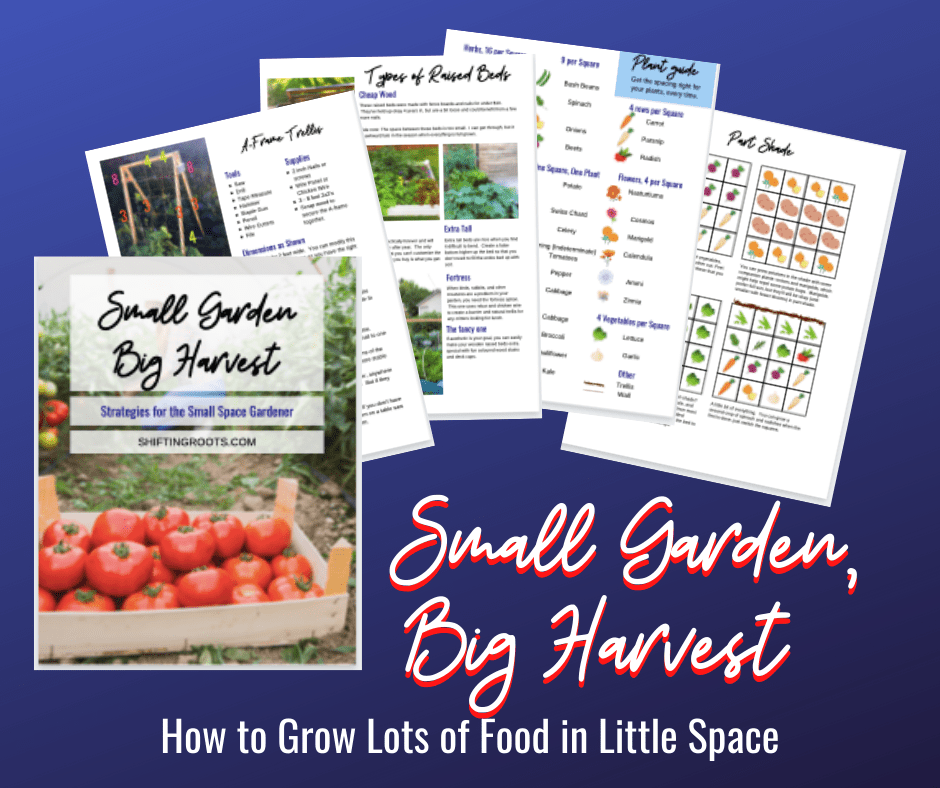
CLICK HERE TO LEARN MORE!
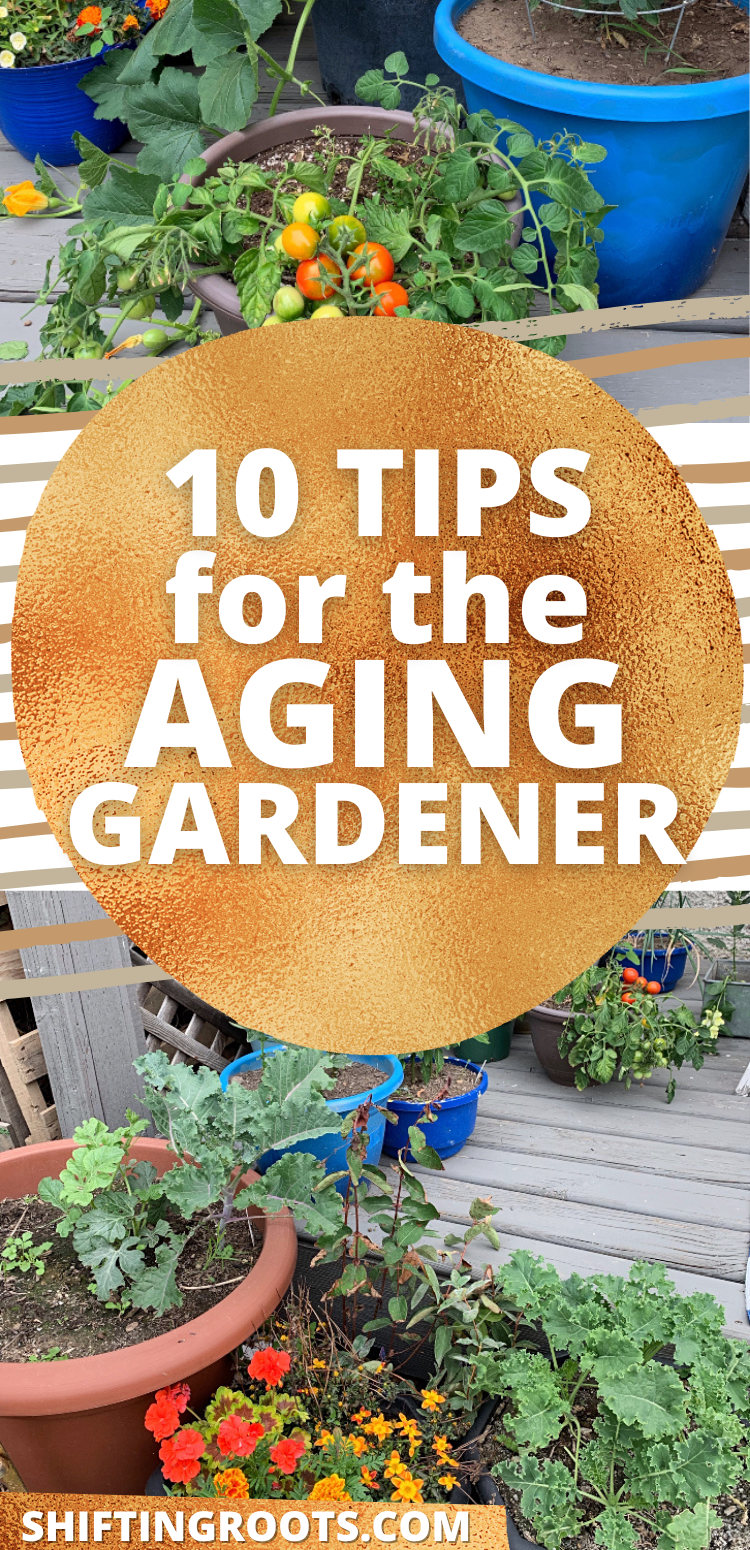

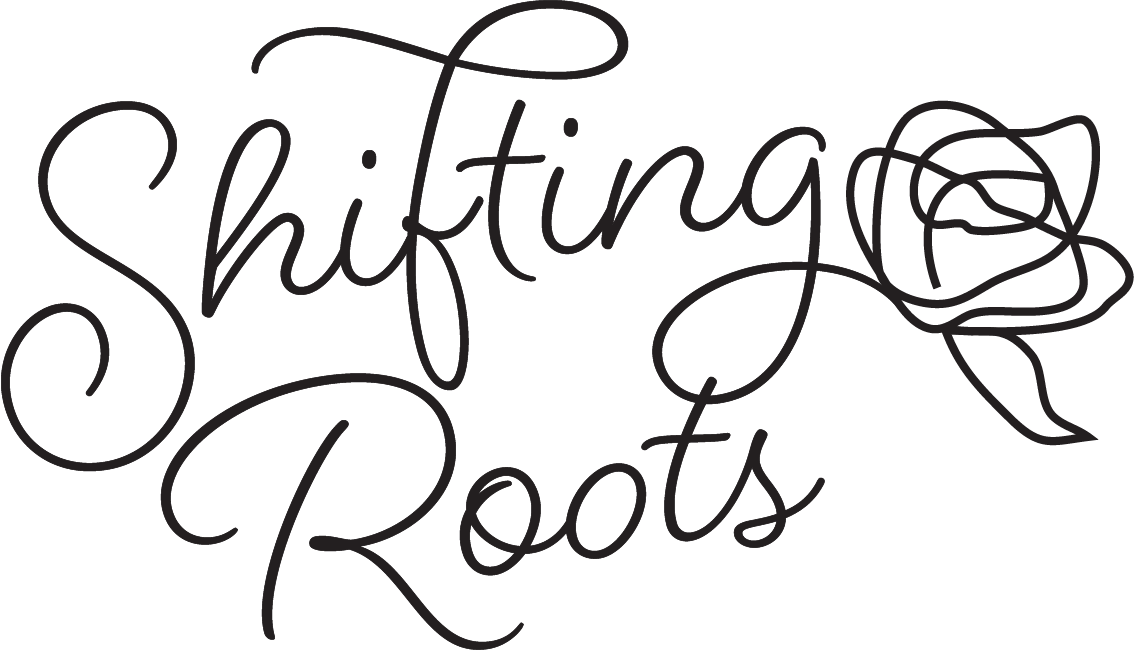
Join the conversation